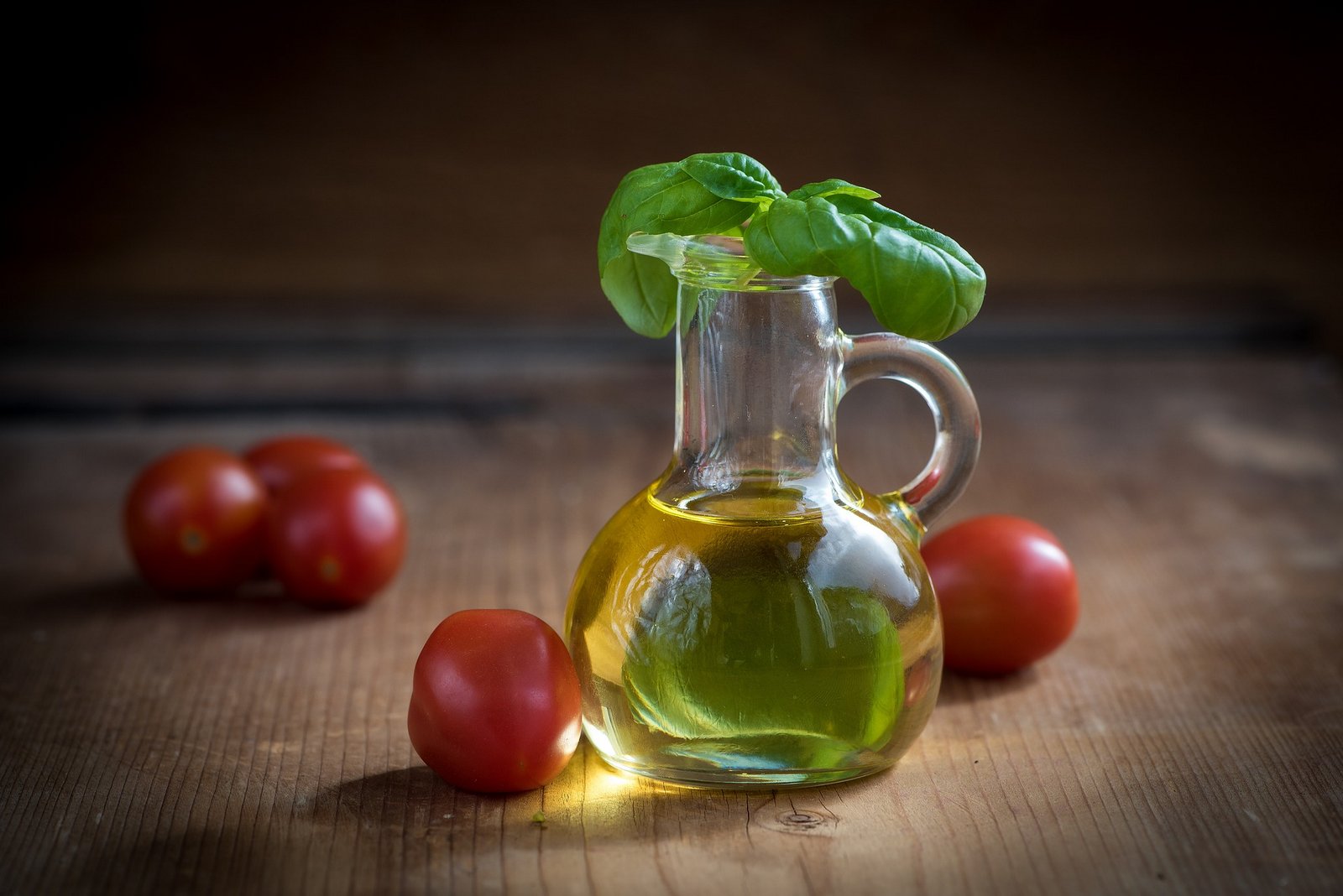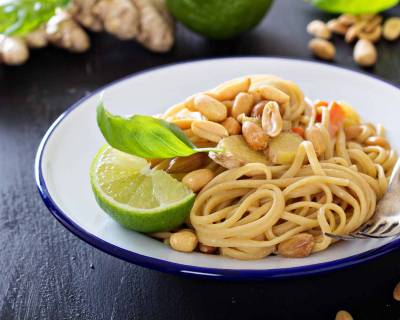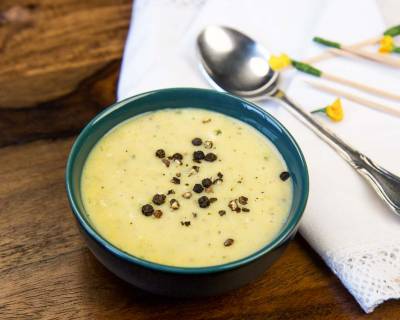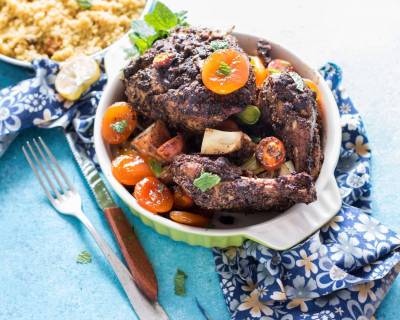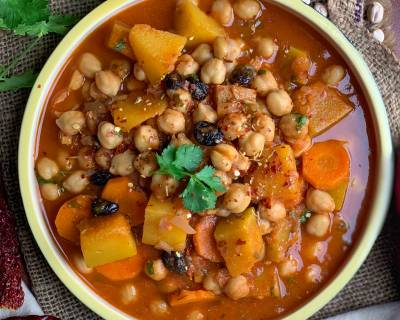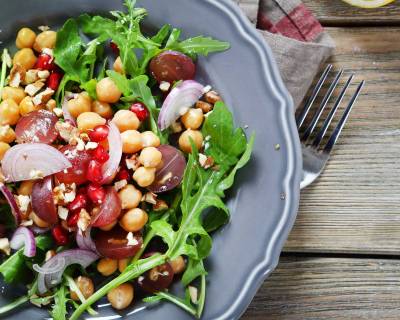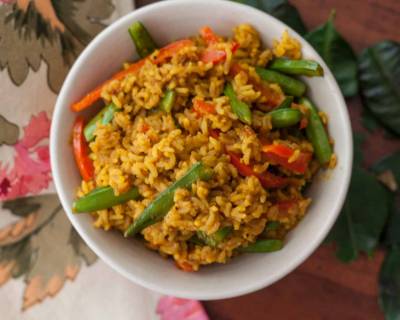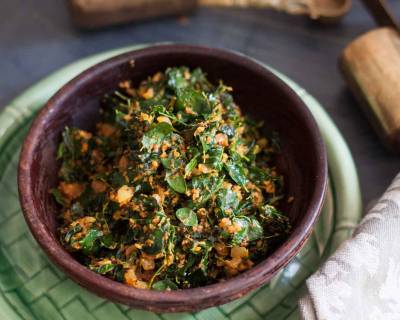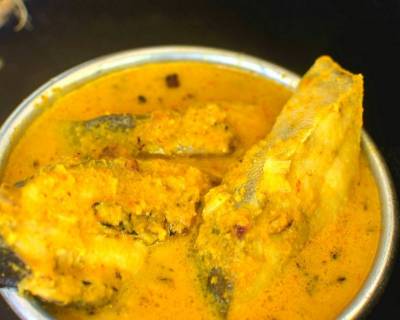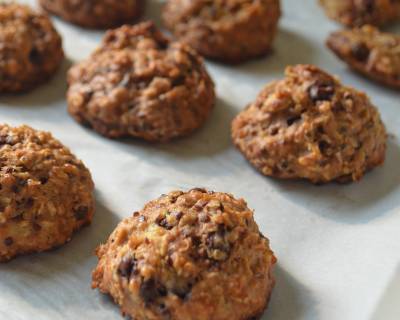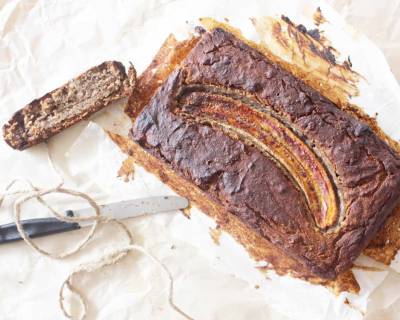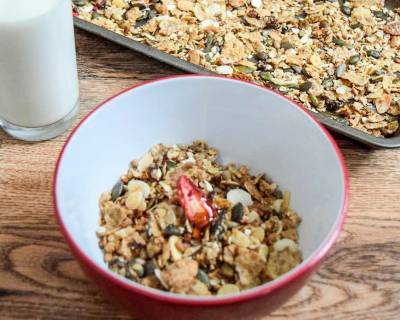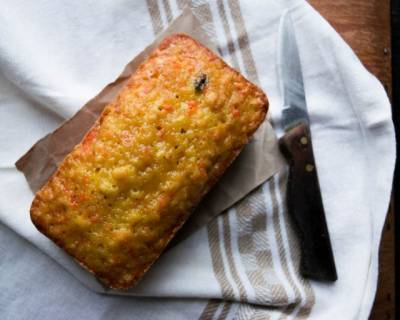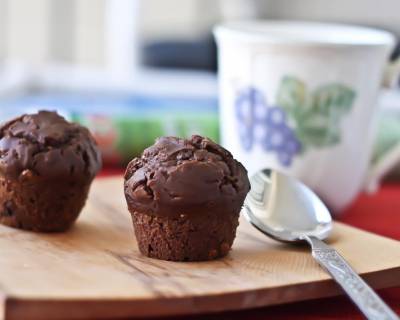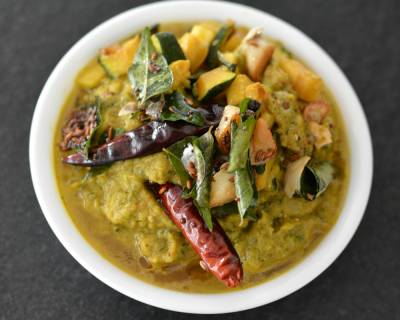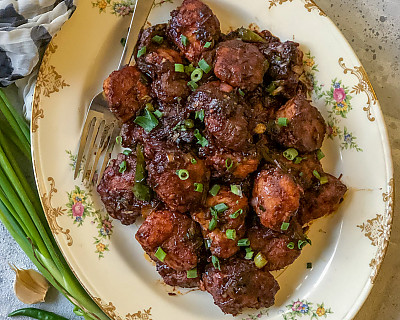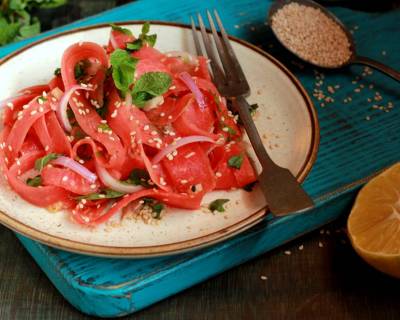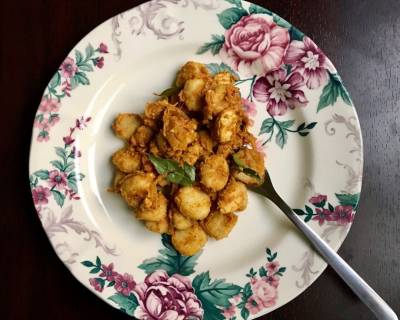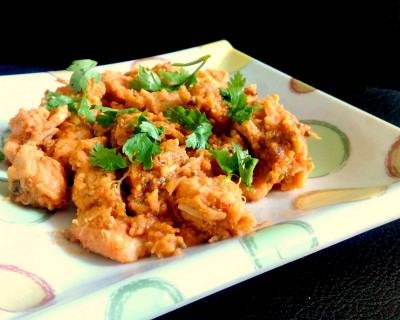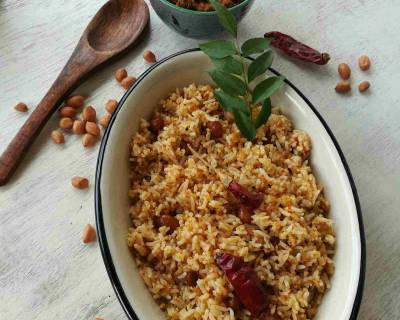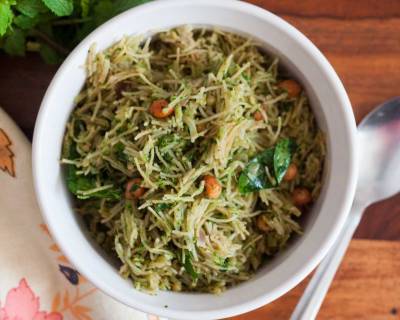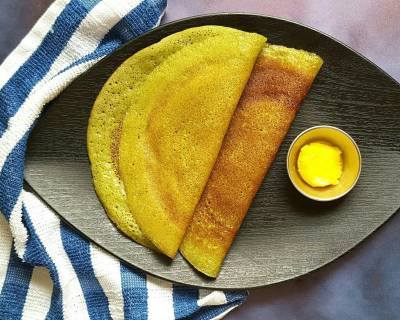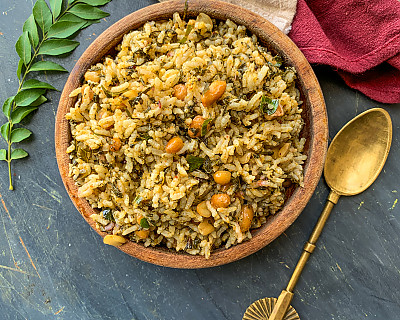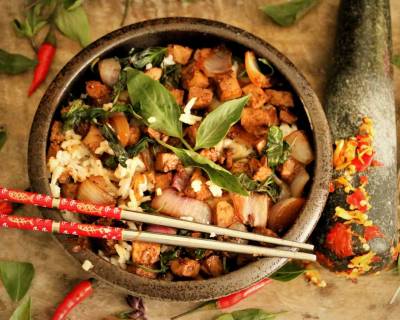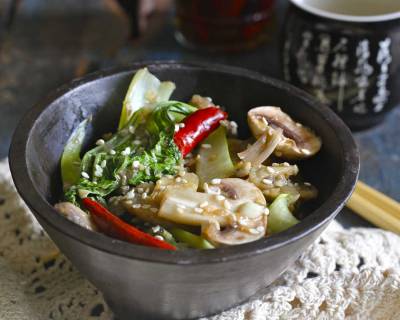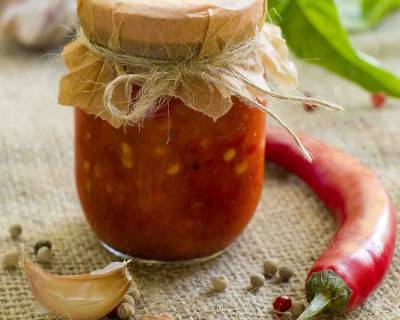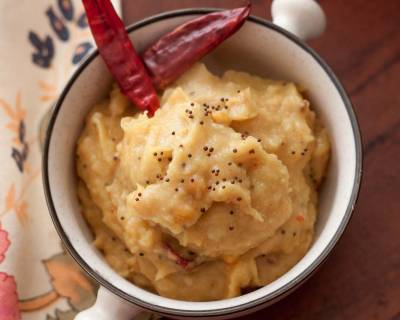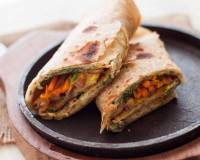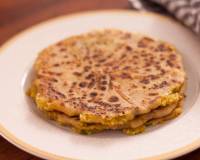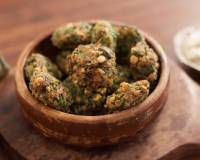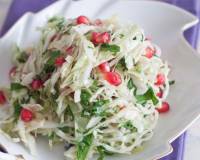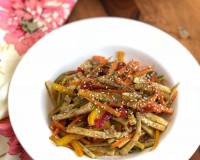We Indians love to experiment when it comes to recipes. Though we prefer traditional foods to prepare everyday, we also do try out new recipes from a neighbouring cuisine and exotic recipes once in a while, to break the monotony. While we are on experiments, what might seem light but is trivial is, using the right cooking oil. We must know which cooking oil suits what method of cooking. We should also be aware of what cooking oil is required to bring in the authenticity of the recipe, so that we do it exactly the way it is done.
Delicious food smells good, just like the cooking oil
We can alter the ingredients to suit our palates while trying out a new recipe, but there are a few unsaid rule while cooking recipes that will help your food taste and smell nice. Cooking oils with low smoking point are not suitable for deep frying or high heat baking, whereas oils that have high smoking points usually do not fit in where oil is required in dressings and salads. We must also consider the flavour, and aroma of cooking oils, before we use them in our recipes.
Here is a write up on major cooking oils and the cooking procedure that is suitable for each. Using just one kind of oil for most of the recipes ends up in similar smelling foods. Use appropriate oil for each recipe that is made in your kitchen. Having said that, portion control in one best thing that you can do to yourself, when it comes to food; especially anything that is cooked in more oil. Stay healthy by avoiding deep frying as much as you can, by following alternative methods to deep frying. On that note, let us dive into each type of cooking oil, and the delicious recipes that each of it is used in. Recipes given here are just a vague idea to use them.
Olive oil:
Olive oil is extensively used in continental recipes. Due to its light aroma and flavour, this is apt to be used in vinaigrettes, sautéing, and stir fries. When you think of baking savoury recipes, you can go for this oil. Having said that, olive oil is not suitable for baking sweet recipes due to its detectable flavour. You can use olive oil in recipes like salads, pasta, pizzas, Moussaka, curries, stews, soups, baked gratins, ratatouille, savoury muffins, in baking savoury meat, casserole and sizzler like one pot recipes, and more.
Coconut oil:
Coconut oil is the vibe of oil that is picking up with its usage because it can many times be used as a substitute to butter and clarified butter (ghee), especially in baking. The mild sweetness that it imparts to the recipe makes the sweet recipes more flavourful. Coconut oil is extensively used in Kerala cuisine recipes and many South Indian foods. You can make cookies, cakes, curries, deep fries, breads or almost anything that you like, with coconut oil. Make sure you avoid it in recipes that are eaten raw, like salads, since the aroma is very strong and might not be palatable to everyone.
Vegetable oil:
Vegetable oil is usually a blend of sunflower, safflower and soybean oils. This has a neutral flavour and can be used for baking, cooking, searing and sautéing. Vegetable oil is not recommended where you need the oil to add flavour to the recipe, like continental baking, and a few salads with dressings. This can be used in cakes, breads, barbequed recipes, donuts, sauces, and more. This is similar in usage to sunflower or peanut oil, but the difference being the neutral tasting vegetable oil and hence can be used more widely than them.
Peanut oil & Sunflower oil:
Peanut oil and sunflower oil both have high smoking points and hence are great for high heat cooking like deep frying. These oils are extensively used in Asian cooking. The subtle aroma and flavour of the oil is welcome which imparts a nice flavour to the recipes that are cooked. Since they give out a flavour, they are usually not used in baking, and in salads since the raw oils do not have an appealing taste. This can be substituted with vegetable oil, but you will slightly miss out on the flavour for authentic recipes that call specifically for peanut oil or sunflower oil.
Sesame & Mustard oil:
Sesame oil is used in Asian and Continental cooking as well. Due to its strong flavour and a delicious taste it blends in with the recipes, certain recipes exclusively demand sesame oil to be prepared. The oil is used in dipping sauces, and stir fries; light sesame oil is also used in deep fried recipes. In Indian cuisine, curries, porridge, salads, pachadi and more, this oil is used. Mustard oil has same properties of strong fragrance and flavour, ad is used extensively in Bihari, Awadhi, lucknowi cuisines and a few more.


